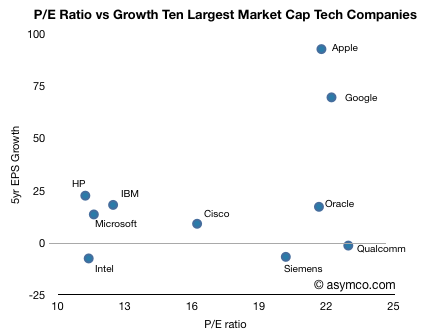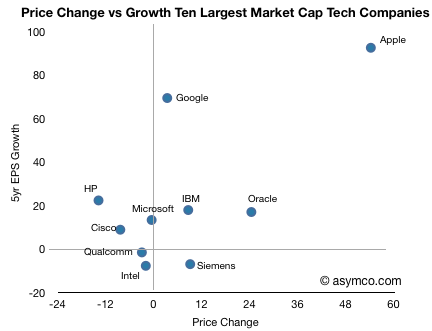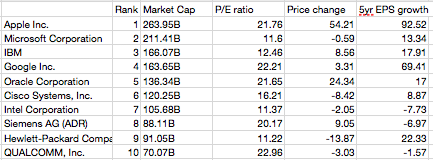“You could buy your way in, if you are Microsoft,” he said. “This is a market where a deep balance sheet will help Microsoft determine where they want to go.”
He notes a good marketing campaign can do wonders for adoption, with Ehud predicting Microsoft will hit 15% market share in 2012 (about the same as the iPhone’s share now)
“With [Microsoft’s] resources, I think they can sustain double-digit market share,” he said.
He notes Microsoft, with $36.8 billion in the bank, could win market share in multiple other ways, including subsidizing phone costs.
He still however predicts Android will lead the pack with 30%, Apple next with 25%, and RIM, Nokia and Microsoft all having 15% of the market.
via Morgan Stanley analyst predicts Microsoft will triple smartphone market share in 2 years.
There you have it: users are so easily persuaded that a platform purchasing decision can be acquired via small outlays of cash for ads and subsidies for vendors and operators.



